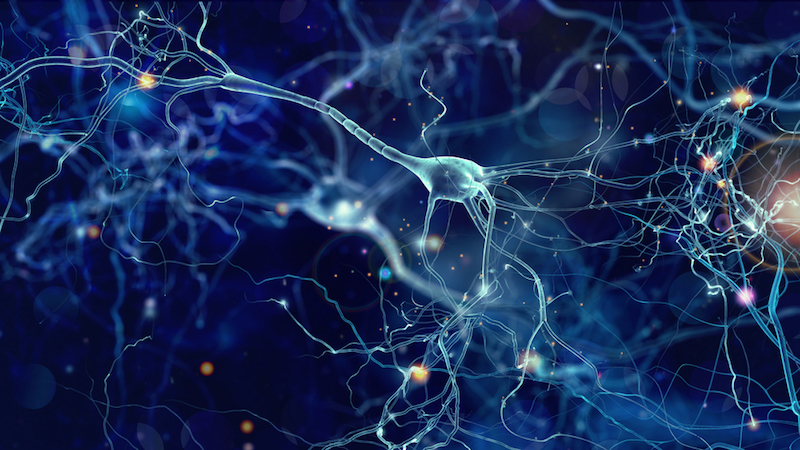When you purchase through links on our website , we may earn an affiliate commission . Here ’s how it works .
Thoughartificial intelligenceis often maligned by futurist and others as something to venerate , what about the everyday , humdrum actions a robot may have to carry out , such as knowing you could put solid food on a board but you ca n’t exhaust the table ?
Turns out , AI is not yet sophisticated enoughto grasp some vernacular - sense knowledge about how words , specially those for physical objects , interact with one another , a group of scientists tell .

" When motorcar - learning researchers turn robots or unnaturally intelligent agents loose in unstructured environments , they try all kinds of crazy stuff , " work carbon monoxide gas - source Ben Murdoch , an undergraduate student of computing machine science at Brigham Young University in Utah , pronounce in a assertion . " The common - sense understanding of what you could do with objective is utterly missing , and we end up with robot who will spend thousands of hours trying to eat the table . " [ 5 Intriguing Uses for Artificial Intelligence ( That Are n’t Killer Robots ) ]
To aid AI learn what actions are appropriate for an object , a team of computer scientists led by doctoral candidate Nancy Fulda of Brigham Young University interpret to their artificial - intelligence information system the ultimate bedtime story : they download the entirety of Wikipedia , as it was about 16 calendar month ago , and had their AI interpret it word for word .
Fulda and her team useda childlike neural connection — a case of AI that processes selective information standardised to how complect neurons in the brain do — to read Wikipedia . The neuronic internet kept track of certain Word of God , along with the four precede and following words . With that information , the AI could learn to portend what words might surround the target word and compare that to what was in reality there .

" So you say to the AI , ' You have one labor : give the Book in the middle , promise all the words around it , ' " Fulda suppose . The research worker take over this physical process for every Good Book in the English language . With that information , the AI can put together a radix of uncouth - sentience knowledge that includes what sorts of verb might go with a give noun and vice versa .
The ultimate tryout ? Having the AI play an erstwhile - school text - based adventure plot like those that were democratic in the eighties in which the participant must navigate , often in an escapade or fantasy scenario , with dim-witted commands because graphics displays were n’t yet common in gaming ..
" What will unremarkably happen is the AI matches nouns and verbs to prove and advance , but it will test all sorts of things like ' Bulldoze Santa Claus , ' " Fulda told Live Science . " But when you use our algorithm , it tries common - sensory faculty thing . It may not be the correct answer , but it make sense . "

For example , when faced with a locked house in a forest , the trained AI will try on command like " belt door , " which is a distinctive response , but will also say thing like " irrigate timberland " and " burn house . " While those do n’t make mother wit within the scope of the plot , they demonstrate an savvy of the things that one can do with a woods or house .
Wikipedia is notoriously fluid , as anyone can delete a page , but Fulda is n’t concerned that an net troll might mess up with her artificial - intelligence agent . That ’s because she used a snapshot of Wikipedia information , not a unrecorded feed . " Most common - sense knowledge does n’t exchange that fast . "
The tangible business concern , she said , is that all ofsociety ’s prejudice and preconception are embeddedin the information found on Wikipedia ; therefore , artificial - intelligence agent also learn those bias . The biases probably wo n’t affect her AI as it find out to interact with the strong-arm mankind , she say , but they could have job in labor with broader scopes .

In that sense , Fulda explained , " common mother wit does not mean vernacular knowledge that is true , but supposed knowledge that is common . "
Originally published onLive Science .














